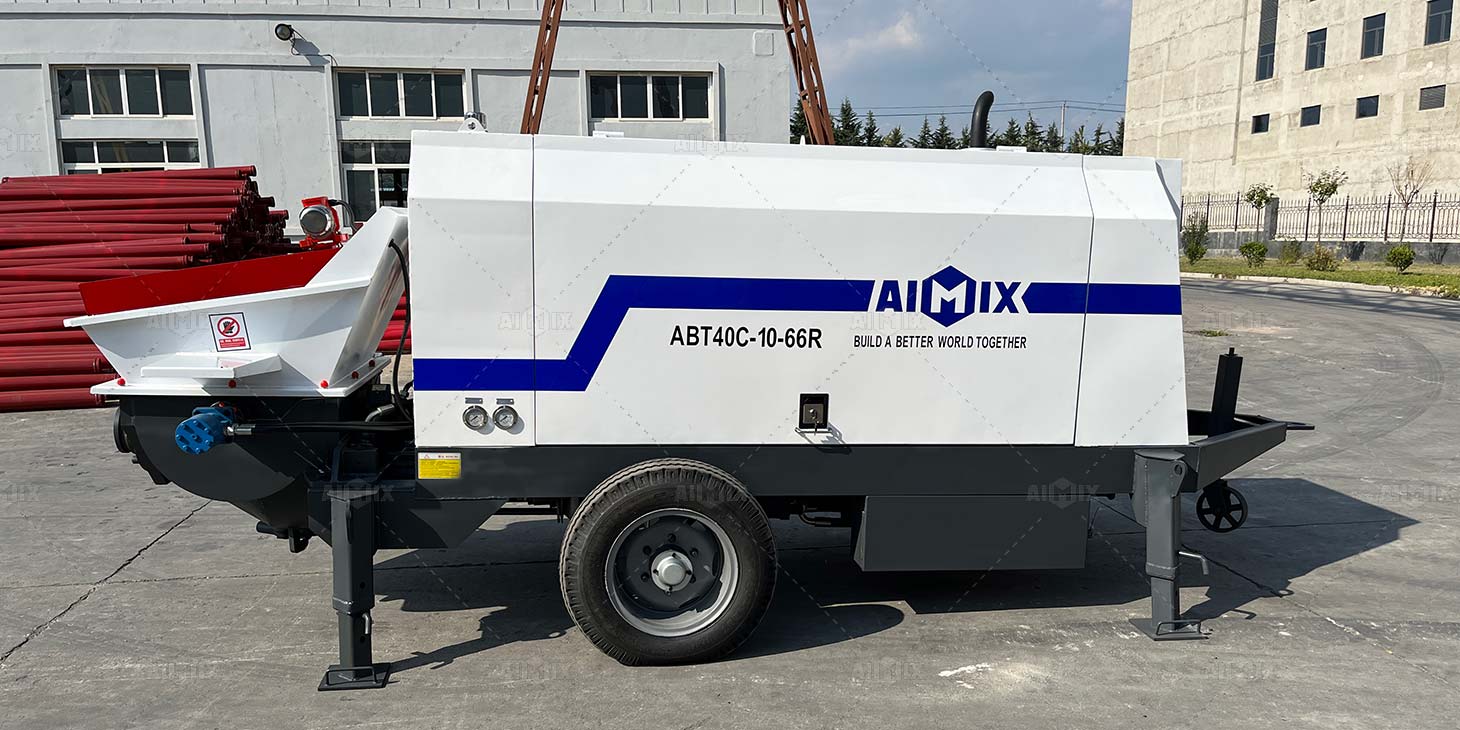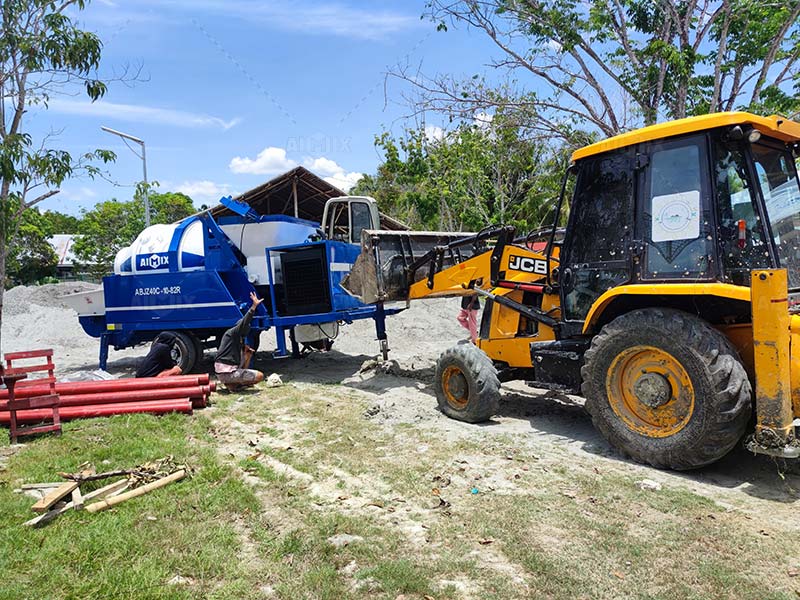Concrete pumps are essential for efficient construction projects, enabling the swift and accurate placement of concrete in hard-to-reach areas. Proper utilization and maintenance are critical to maximize the efficiency and lifespan of these machines. By optimizing the use of concrete pumps and implementing effective maintenance strategies, construction companies can significantly reduce costs and improve project timelines. This article explores key strategies for optimizing concrete pump utilization and minimizing maintenance expenses.
Effective Scheduling and Utilization
Maximizing Pump Efficiency
Efficient scheduling is paramount to optimizing concrete pump utilization. By coordinating concrete deliveries with pump availability, construction projects can avoid unnecessary delays and ensure continuous workflow. The use of project management software can streamline scheduling, allowing for real-time adjustments and better resource allocation.
Additionally, understanding the capabilities and limitations of different pump models can enhance efficiency. For example, selecting a portable concrete pump for sale with the appropriate reach and output capacity for a specific job can minimize pumping time and reduce wear on the equipment. Training operators to use the pump efficiently, including proper setup and operation techniques, also contributes to optimal utilization.

Jobsite Planning
Thorough jobsite planning is essential to optimize concrete pump usage. This involves assessing the site layout, identifying potential obstacles, and planning the pump placement to ensure unobstructed operations. Proper site preparation, including leveling and clearing pathways, can facilitate smooth pump movement and reduce the risk of damage.
Moreover, planning for contingencies, such as backup pumps or alternative routes, can mitigate potential disruptions and ensure project continuity. Effective communication among project stakeholders, including contractors, suppliers, and operators, is crucial for seamless coordination and efficient pump utilization.
Implementing Preventive Maintenance
Routine Inspections and Servicing
Preventive maintenance is key to minimizing downtime and extending the lifespan of trailer pump concrete. Regular inspections, including checking for wear and tear, hydraulic system leaks, and electrical issues, can identify potential problems before they escalate. Implementing a scheduled maintenance program ensures that all components are routinely inspected, serviced, and replaced as needed.
Hydraulic systems, in particular, require meticulous attention. Ensuring that hydraulic fluids are clean and at the correct levels, as well as regularly changing filters, can prevent system failures and maintain optimal pump performance. Additionally, monitoring the condition of hoses, seals, and other critical components can prevent unexpected breakdowns and costly repairs.

Using Quality Parts and Lubricants
Utilizing high-quality parts and lubricants is crucial for maintaining the efficiency and longevity of concrete pumps. Investing in OEM (Original Equipment Manufacturer) parts ensures compatibility and reliability, reducing the risk of premature wear and malfunctions. High-quality lubricants and hydraulic fluids are essential for smooth operation and reducing friction, which can significantly extend the lifespan of pump components.
Regular lubrication of moving parts, such as pistons and joints, is necessary to prevent excessive wear and tear. Operators should follow the manufacturer’s guidelines for lubrication intervals and types of lubricants to use. Implementing a rigorous parts replacement schedule based on usage and wear patterns can also prevent unexpected failures and maintain peak pump performance.
Cost-Effective Strategies for Maintenance
Training and Skilled Workforce
Investing in the training of operators and maintenance personnel is a cost-effective strategy for minimizing maintenance costs. Skilled operators are more likely to handle the equipment properly, reducing the risk of damage due to operator error. Comprehensive training programs should cover all aspects of pump operation, including setup, maintenance, and troubleshooting. Learn more details about concrete pump maintenance details: https://aimixconcretesolution.com/concrete-pump/maintenance/.
Additionally, having a well-trained maintenance team ensures that routine checks and repairs are performed correctly and efficiently. This not only extends the lifespan of the equipment but also minimizes the frequency and severity of breakdowns, thereby reducing repair costs and downtime.
Leveraging Technology and Data Analytics
Modern technology and data analytics offer powerful tools for optimizing concrete pump maintenance. Telematics systems can monitor the real-time performance of pumps, providing valuable data on usage patterns, operating conditions, and potential issues. This data can be used to implement predictive maintenance strategies, addressing problems before they lead to failures.
Furthermore, integrating IoT (Internet of Things) devices with concrete pumps enables remote monitoring and diagnostics. This allows maintenance teams to identify and resolve issues promptly, often without the need for on-site intervention. Utilizing technology in this way can significantly reduce maintenance costs and enhance overall pump reliability.
Conclusion
Optimizing concrete pump utilization and minimizing maintenance costs are critical for the success of construction projects. Effective scheduling, thorough jobsite planning, and preventive maintenance are essential strategies for achieving these goals. By investing in quality parts, proper lubrication, and training, as well as leveraging modern technology and data analytics, construction companies can enhance the efficiency and lifespan of the pump mixer concrete. These measures not only reduce operational costs but also contribute to smoother, more reliable construction processes.